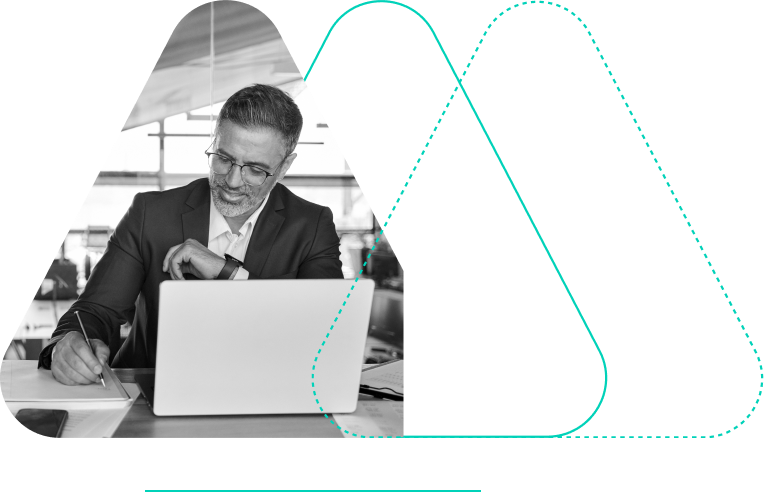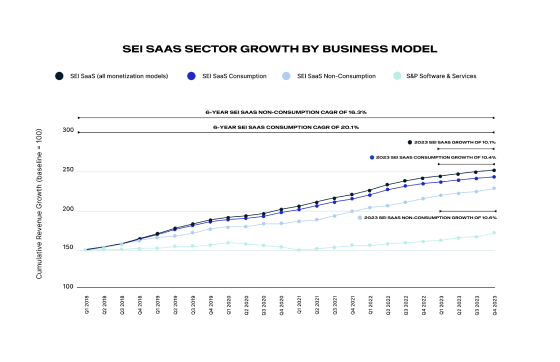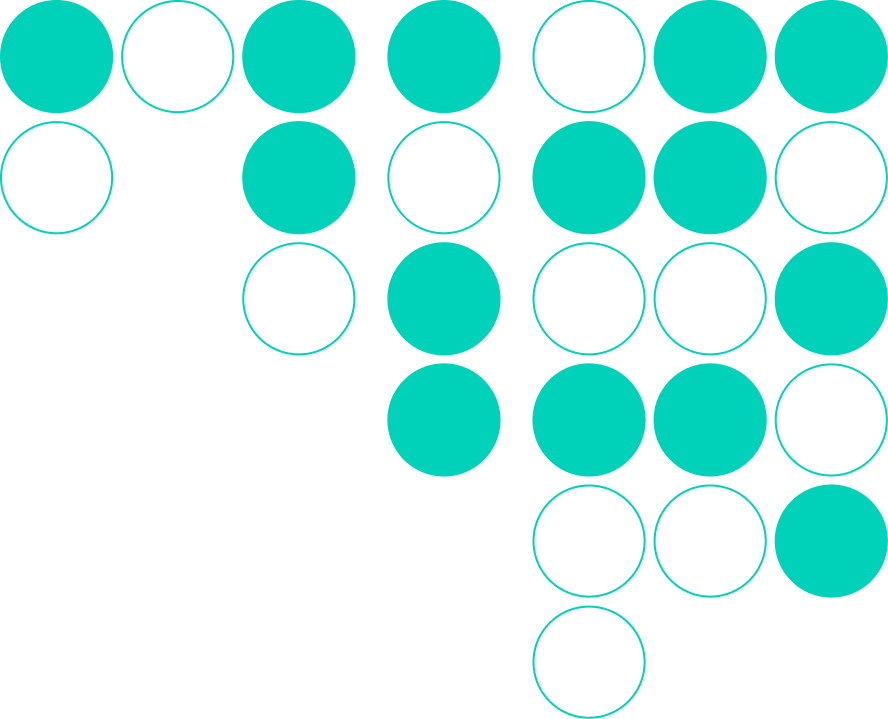The Ultimate Guide to Usage Pricing

Explore the guide

What is consumption-based pricing?
A consumption-based pricing model, also known as usage-based pricing, is a strategy where customers are charged and billed based on how much of a service or product they use. This could be anything from the number of API calls or gigabytes of data used, to the hours of service accessed.
This flexible pricing approach provides value and transparency to customers and helps build trust and loyalty. Consumption models are used across multiple industries, including cloud computing, utilities, and telecommunications, where they allow businesses to scale their services according to customer needs and usage patterns. Usage-based pricing and hybrid models are also quickly becoming the model of choice for AI and GenAI offers, both for vendors and their customers.
What are the keys to consumption success?
Make your usage-based pricing strategy a success—across the business
How do you mediate usage data?
Ingest
Stream real-time consumption data from multiple sources
Meter
Measure usage and identify key metrics
Track
Give customers and your teams usage visibility
How do you accurately bill for consumption?
After raw data has gone through the process of mediation, and you’re tracking a value metric, you then need to rate and bill a customer for their consumption. Rating is the process of gathering all the necessary information, such as account data, contract details, and metered records and processing charges based on that information.
Consumption rating and billing may not happen simultaneously. Because consumption is happening continuously, it’s important to have insight into consumption that has been rated over a billing period but not yet billed.


What are common consumption pricing models?
From pure usage to a mix of models, find the right strategy for you.

Per-unit or pay-as-you-go

Volume

Tiered or step pricing

Overage

Pre-paid with drawdown

Minimum commitment
What are hybrid consumption models?

Recently, hybrid consumption models that combine predictable subscription approaches with more variable usage models have stepped to the forefront as drivers of recurring revenue.
Although the SaaS sector is still fine tuning these pricing and packaging strategies, the results are promising compared to non-consumption models.
While pure usage revenue can be less predictable and more volatile, hybrid consumption models can be a good fit for SaaS offerings—particularly cloud services and generative AI. These hybrid, agile models can help provide predictability, while also improving value to the customer by tying pricing and payments more directly to usage and actual demand.
What are the benefits of consumption pricing?
How do you know if a consumption or usage-based pricing model is really the right option for your customer or product? The following are some of the potential benefits:
-
Customer-centric approach: Aligns costs with value, enhancing customer satisfaction and loyalty.
-
Flexible and scalable growth: Lowers barriers to entry, letting customers start small and scale as needed.
-
Differentiated value proposition: Helps your offer stand out in the crowd by using metrics tied to usage.
-
Transparency and control: Offers customers real-time usage insights to manage costs and avoid overages.
-
Visibility and tracking: Empowers Sales, Customer Success, and Finance teams with accurate usage data.
-
Recurring revenue growth: Adds predictability and grows recurring revenue when used in a hybrid model.

How do you track and recognize consumption revenue?
Consumption models require granular, real-time visibility, not just to total up usage at the end of a billing period, but also to monitor customer usage at any given time. In addition, consumption forecasting capabilities must be in place, enabling revenue teams to anticipate how much revenue will be gained.
The revenue policy for a consumption model can be complex. Revenue accounting teams will need to evaluate whether variable consideration should be included and how it should be treated.
Revenue teams can usually leverage existing estimations as a starting point for new consumption revenue recognition policies. For example, if the decision to adopt consumption has been pushed by sales, then someone in sales should be able to present a business case with estimations around usage and revenue.
How ASC 606 and IFRS15 will impact consumption-based pricing models is also an important consideration.
What is the right technology to support consumption?
The right technology will impact the success of a consumption-based model.
Whether it’s your first time testing consumption or if you’re fine tuning your strategy, look for a solution that provides out-of-the-box monetization models, such as pay-as-you-go, pre-paid with drawdown, minimum and maximum commit, and pooled usage pricing. This will allow you to quickly experiment with and iterate on new pricing models, without reliance on heavy developer involvement and delayed rollouts.